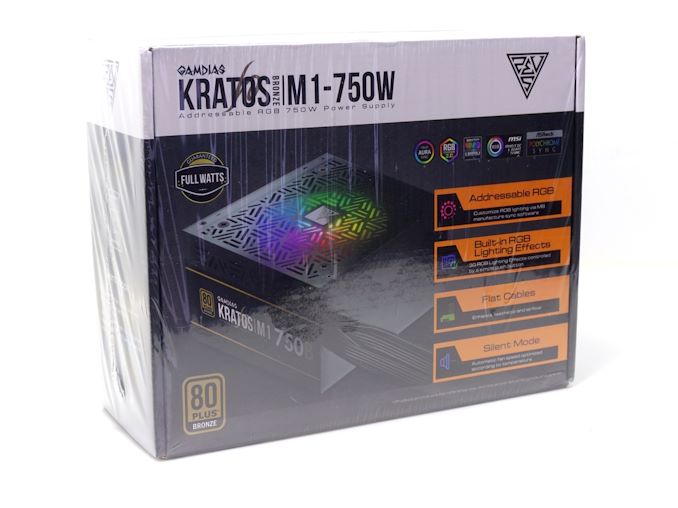GAMDIAS, a significant gamer in the world of PC power and cooling parts, has actually regularly amassed attention for its ingenious technique to crafting video gaming hardware options. The business emerged on the scene in 2012. Regardless of its fairly brief history, this Taiwanese maker has actually quickly acquired worldwide acknowledgment, placing itself as one of the best yet appealing names worldwide of video gaming peripherals and PC parts.
In a market brimming with choices, GAMDIAS has actually tactically sharpened its concentrate on the video gaming sector, browsing the detailed balance in between cost-effectiveness and extravagant style. The business uses a vast array of PC power & & cooling items, in addition to peripherals and even furnishings, all of which are developed to please a part of the video gaming neighborhood.
Today, our attention is directed towards an item that targets the RGB-minded section of the PC video gaming market – the Kratos M1-750W PSU. While it might not bear the mantle of a flagship item developed for elite competitors, the M1-750W PSU represents GAMDIAS’ endeavor into the area where aesthetic appeals is the main choice function. As we dig much deeper into its complexities, we will check out how GAMDIAS attempts to strike a balance in between expense and visual style, making the Kratos M1-750W a feasible proposal for users who look for a trendy PSU with RGB lighting without breaking the bank.
Kratos M1-750W
.
.
| Hardwired | ||
| . | ATX 24 Pin | 1 |
| . |
EPS 4 +4 Pin |
2 |
| . |
EPS 8 Pin |
– |
| . | PCI-E 5.0 | -(* ) . |
| .(* )PCI-E 8 Pin | . | . |
| 5 | . | . |
| .(* )-(* ) . | . | .(* )1 |
| . | External Look(* )The external look of the Kratos M1-750W definitely is distinct even without its lighting on, with the business punching a pattern of their triangular logo design on every side of the chassis, other than from its top. The chassis determines 140 mm long, sticking to the ATX style guide suggestions and making it suitable with any ATX-compliant case. This PSU is not modular and every cable television is hardwired to the system. GAMDIAS is utilizing flat, ribbon-like black wires and black ports. | |
| The fan accountable for the cooling of the Kratos M1-750W is made by PowerYear, a reasonably widely known Chinese electronic devices maker. The PY-1225M12S is an 120 mm fan that includes a sleeve bearing engine and has an optimal speed of 1800 RPM. | a platform that has actually been around for rather a long time | The filtering phase of the GAMDIAS M1-750W PSU is really standard, with simply 2 Y capacitors, 2 X capacitors, and 2 filtering inductors. One input remedying bridge can be discovered by itself little heatsink near the edge of the PCB. One Jun Fu 420V/390 μF capacitor and a large filtering inductor are the passive parts of the APFC circuitry. |

